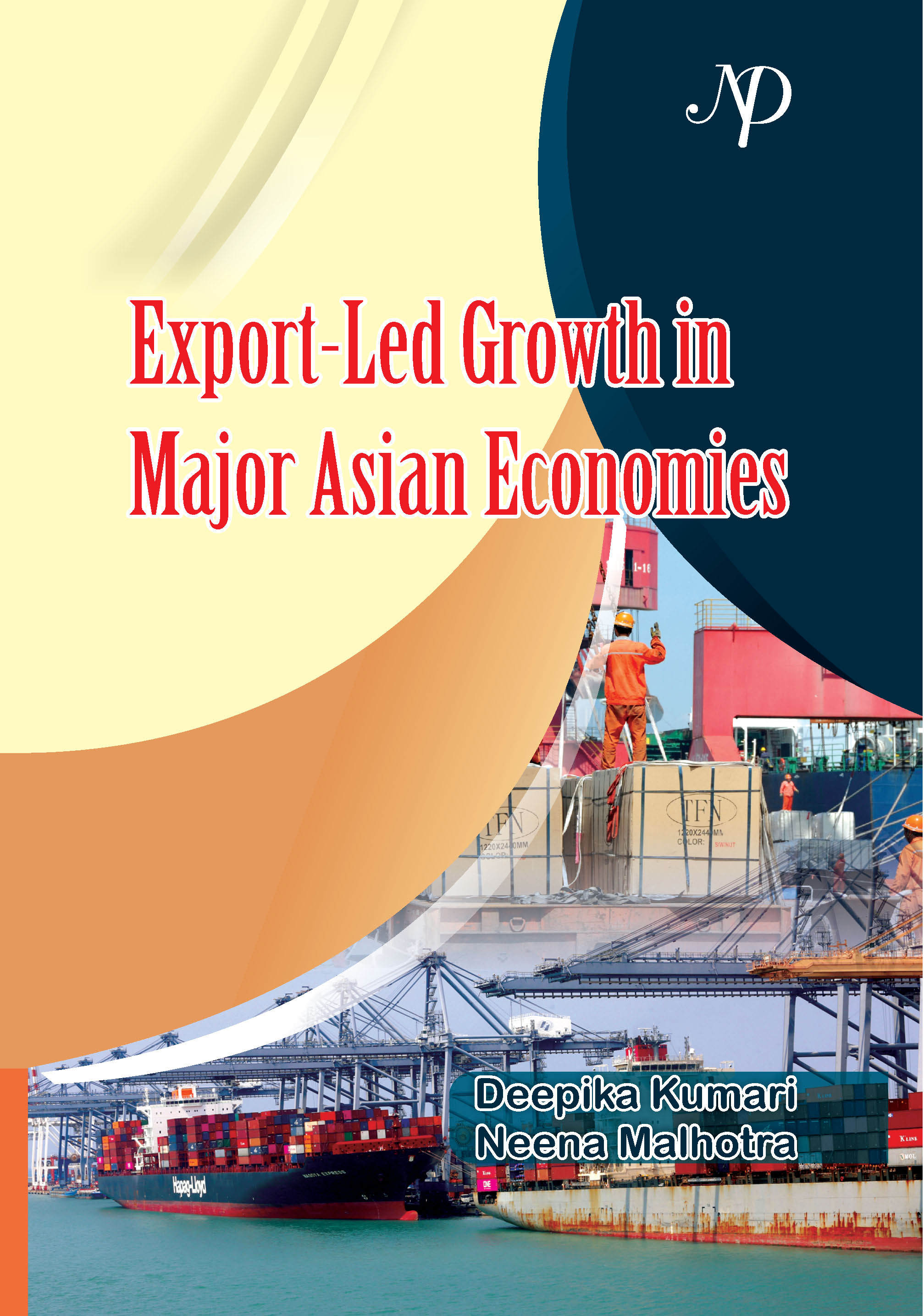Cart
- No products in the cart.
Export-Led Growth in Major Asian Economies
Sale!
Export-Led Growth in Major Asian Economies
ISBN NO:9788195035175 PAGES :306 PAPER TYPE: HardboundAuthor(s) / Editor(s):
Dr. Deepika Kumari and Dr. Neena Malhotra
The relationship between trade and economic growth has been discussed in both international trade theories and growth theories. Quantitative analyses of trade and economic growth have gained importance after trade liberalization undertaken by developing economies. Since in the 1970s and 1980s most of the Asian economies tended to more open to international trade have experienced number of fundamental trade reforms. The success of Japan and later on high growth of four ‘Asian Tigers’ (namely South Korea, Taiwan, Hong Kong and Singapore) fueled by exports lend support to export promotion as growth strategy. Therefore, the success of these economies caused many Asian economies to follow this policy. Later on, other economies like China, Indonesia, Malaysia and Thailand also experienced high growth on export basis. Hence, the present study comprises of thirteen major Asian countries covering the sub-regions East Asia, Southeast Asia and South Asia for a comprehensive period of 1980 to 2012.
The study covers three main sub regions of Asia which are South Asia, Southeast Asia and East Asia comprising thirteen major Asian economies namely Bangladesh, China, India, Indonesia, Japan, Korea (Rep. of) or South Korea, Malaysia, Pakistan, Philippines, Singapore, Sri Lanka, Thailand and Vietnam on the basis of gross domestic product (GDP), population and exports. The study primarily focuses on those economies which are often cited as instances of the success of export promotion strategies in Asia. The study examines export-growth linkages through bivariate and multivariate framework. The study also examined the demand and supply side export determinants of selected Asian economies.

